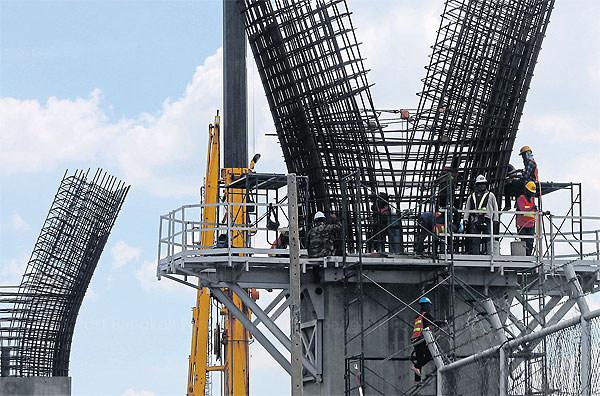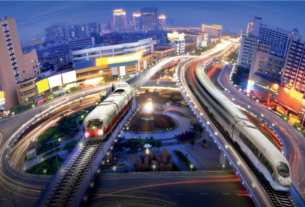By The Nation
Published on September 21, 2010
Plans to link the nations of Asia by railway have been around for decades.
In 1960, Escap (the United Nations Economic and Social Commission for Asia and the Pacific) initiated the Trans-Asian Railway – a 114,000-kilometre rail network between Asia and
The scheme was given a shot in the arm, on paper anyway, in 2006 when 22 Asian governments signed a deal to cooperate on the rail link. It went into effect in June last year after
More significant has been
“The Chinese government believes this can be implemented within three years,” Finance Minister Korn Chatikavanich said. “If there is any delay, I suspect it will be at our end, not theirs.”
Another likely problem for the Thai-China rail project is the
Having a high-speed rail link between Nong Khai and
“I understand they are looking at three different routes, but all of them would be mountainous, and potentially very expensive,” said a Vientiane-based aid expert.
“But the Laotian government is taking the project extremely seriously, as part of its aim to turn
Nipon Poapongsakorn, head of the Thailand Development Research Institute, said: “
Two years ago,
One physical constraint is the different gauges.
“Obviously, if a network decided to shift from one gauge to another, it would require a huge investment in running stock,” said Pierre Chartier, economic affairs officer at Escap’s transport division.

